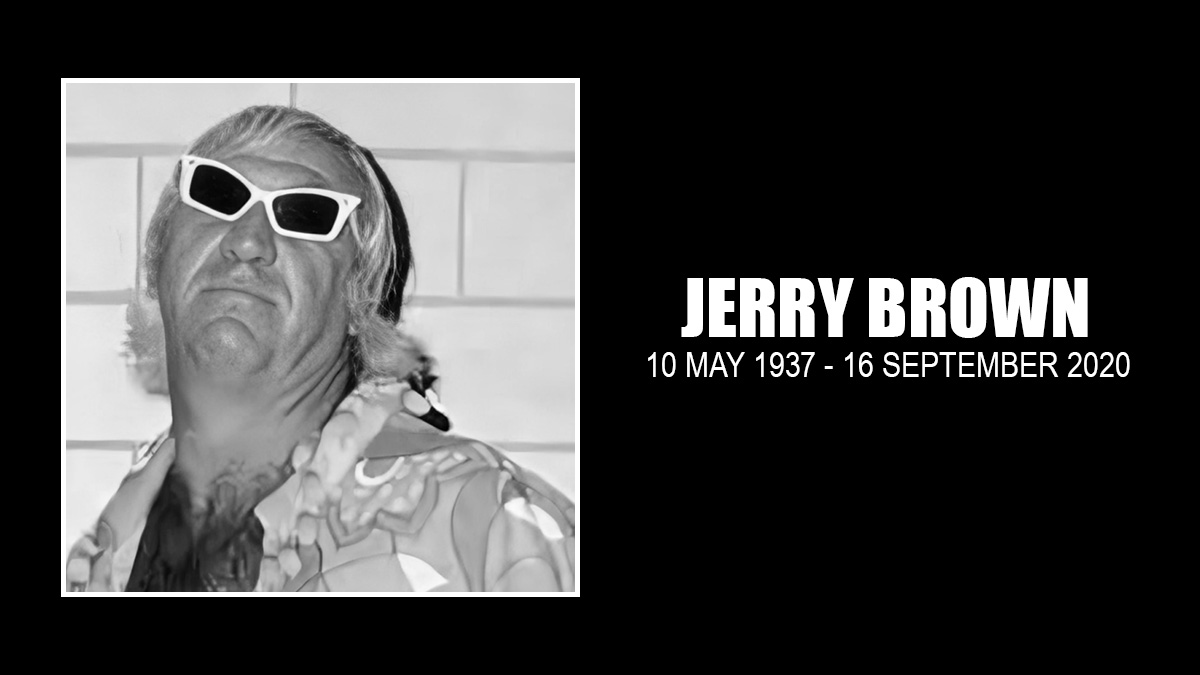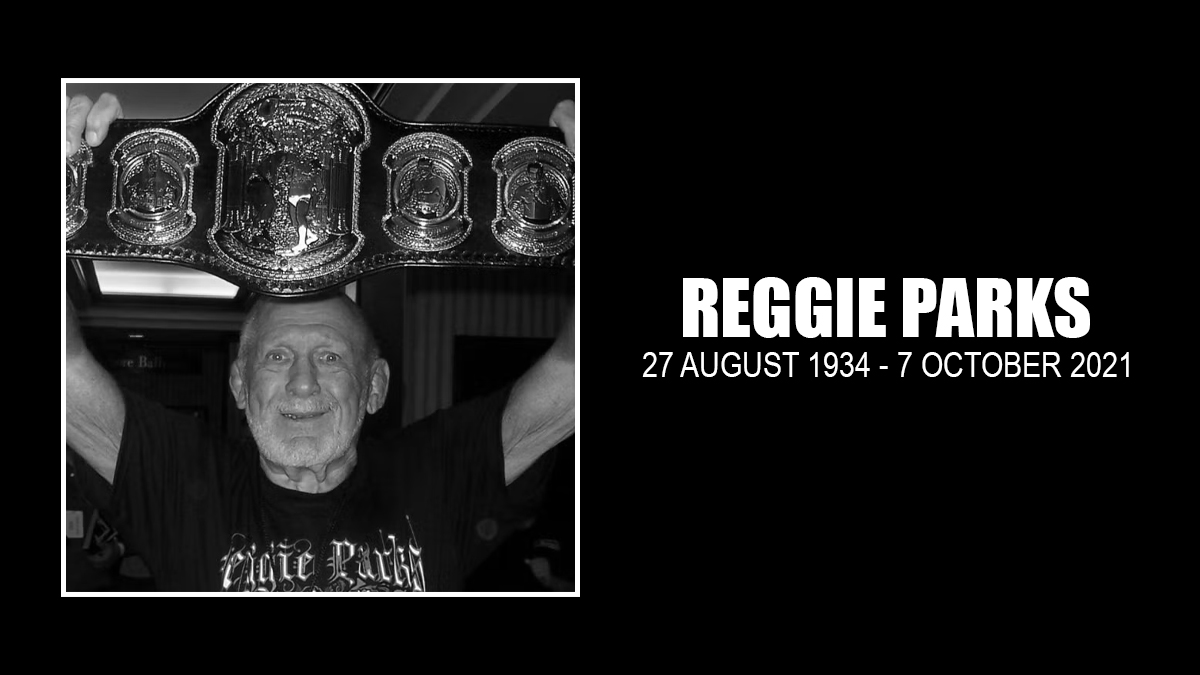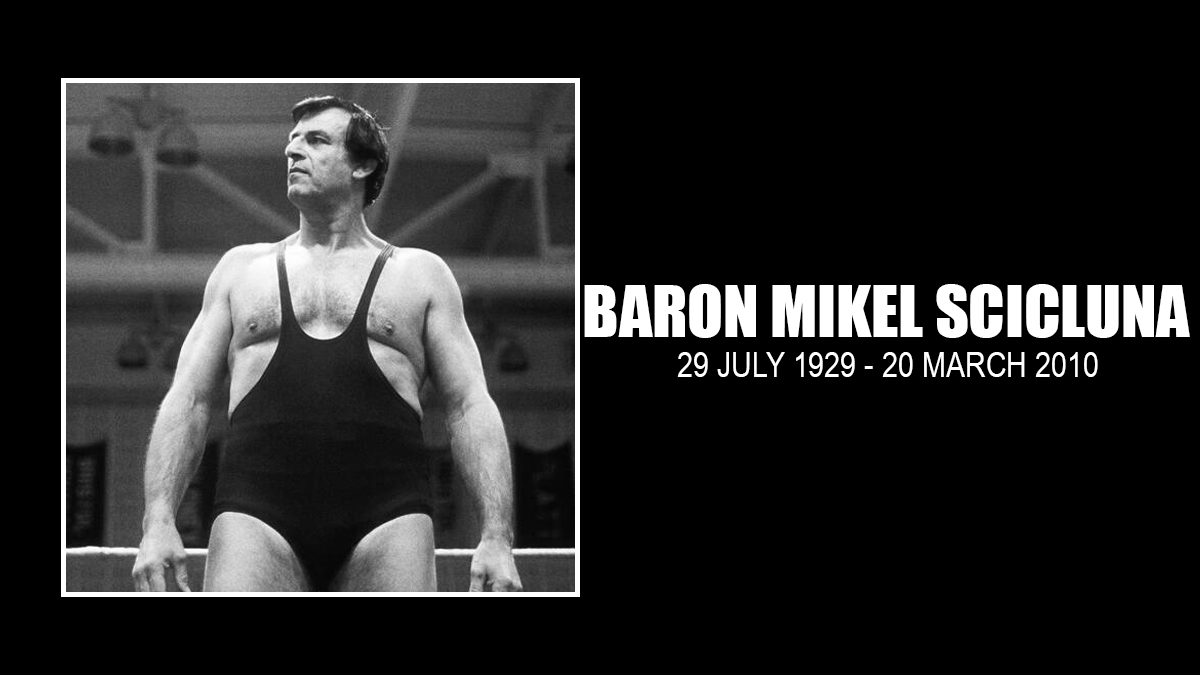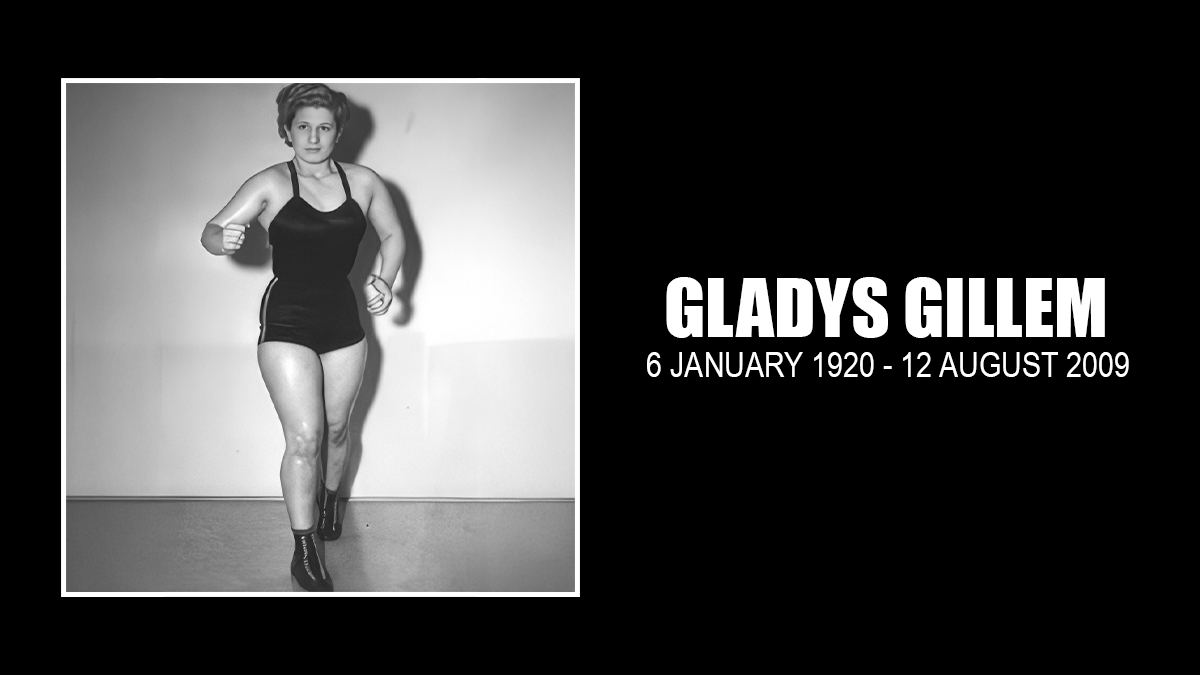In a Facebook post on September 15, Ron McFarlane shared the news of the death of Jerry Brown, who was a major star in the Hollywood Blonds tag team and then later, under masks with McFarlane.
“My tag team wrestling partner and long time best friend passed away today! RIP my friend I’ll never forget all the times we spent together,” wrote McFarlane.
That they stayed friends all through the years is not exactly correct. In a 2010 interview, McFarlane said that he had been searching for Brown for years.
“When I got out of the business, we were working in Florida as the Alabama Chain Gang. I said, ‘Jerry, I’m outta here, I’m leaving.’ And he stayed there,” recalled McFarlane. (This writer helped them reconnect.)
On the phone Wednesday, McFarlane shared some details of Brown’s health woes. About six months ago, Brown was told that his heart was failing and there was nothing more that doctors could do. He continued to roll on with his life, and visited his daughter, Penny, just hours before he was found dead on Tuesday, on the trailer that he lived in on his son Rex’s property.
While the Hollywood Blonds tag team — Brown, Dale Roberts (Dale Hey, also known as Buddy Roberts) and manager Sir Oliver Humperdink — were the more famous team, headlining in Montreal, Los Angeles, and locations in between, the McFarlane-Brown pairing of the Alabama Chain Gang in Florida, in 1982, makes for an interesting case study.
The gimmick was simple, though not comfortable. They wore jumpsuits, like prisoners, with masks to match. J.J. Dillon was their manager.
“I enjoyed the Alabama Chain Gang. We were supposed to be bank robbers that had robbed $40,000,” said McFarlane. Brown and McFarlane had teamed previously. “Dory Funk Jr. seen us, and he gave us the idea of this in Kansas City. We were working in Kansas City as tag team partners. He said, ‘Hey, I could use you guys in Florida.’ We went down there on all these promises.”
In a 2010 interview, Brown said that the Alabama Chain Gang was the promoter’s idea, “I don’t know why,” he said. They weren’t exactly anonymous, he added. “Some of the people did, some of them didn’t” know it was him and McFarlane under the masks.
Having to portray their gimmicks in Florida was the biggest problem, said McFarlane. “In Florida, we were in there in late September and the humidity and heat, it was horrible, it was just horrible, because we were under long sleeves, the whole nine yards. It’s a whole different game because your facial expressions aren’t seen, you have to sell yourself a different way. We were getting over, we were getting over big time. But it just didn’t work out … we didn’t get what we were promised. I know Jerry stayed and got some money out of them for that, but I didn’t. I chose to go home.” McFarlane went on to drive a dump truck.
Brown kept wrestling, but not much longer. “For the last year, I didn’t want to put my shoes on, I didn’t want to put my boots on. I hated it,” he said in a lengthy 2010 interview with SlamWrestling.net — Missing Hollywood Blond Jerry Brown is found. “In other words, I got burned out on it.”
Brown was born Gerald Brown in Albert Lea, Minnesota, May 10, 1937. He grew up on a farm. His mother died from a brain tumor when he was young, and the family uprooted to Iowa. Brown said in a 2010 interview that he went to high school for three days. “After that, I went to work on construction. When I got old enough and we moved to Kansas City, I guess I was about, oh, maybe, 17 or something like that … I worked on construction, and tried to break into wrestling.”
Charlie Adcocks was Brown’s primary trainer, in a gym in Argentine, Kansas, just outside Kansas City. Brown was a fast learner, and at 6′ 1-1/4″ and 230 pounds, had good size. Learning from the likes of “Dandy” Jack Donovan and Bob Orton Sr., the first big break for “Jerry Brown from Downtown” was in the Oklahoma/Louisiana territory. The original plan was for Brown to team with Donovan, but “Dandy” Jack wrecked his ankle, and Watts paired Brown with a young Dale Hey, fresh out of learning the business himself in Vancouver, B.C.
“We really did click. We were together seven years,” Hey said in The Pro Wrestling Hall of Fame: The Canadians. Later, they added Sir Oliver Humperdink as their manager, and had successful championship runs in Montreal, Florida, Georgia, California and the Mid-Atlantic.
Hey told Dewey Robertson biographer Meredith Renwick that he and Brown were known as excellent workers. “We were basically a wrestling team,” he said, “and we gave the fans a real good hour-and-a-half match, which is very rare now.”
After his in-ring career ended, Brown gave promoting a try, in Iowa. The reason was that his two sons “wrestled a little bit.”
“After I quit, we started a little thing up there, and we wrestled … they wrestled awhile up there, but they didn’t like it,” he said.
After wrestling, Brown worked as a bouncer until graduating into being a bartender.
Brown had been mostly an unknown quantity to many of his wrestling colleagues until resurfacing at the 2009 Tragos/Thesz Hall of Fame induction in Waterloo, Iowa, surprising his old manager, Oliver Humperdink. Later Brown, Roberts and Humperdink were all reunited at a Mid-Atlantic Legends fan fest.
Jerry Brown is survived by his four children, Penny, Mark, Rex and Roxanne, and their extended families. Funeral arrangements are not known at this time.




